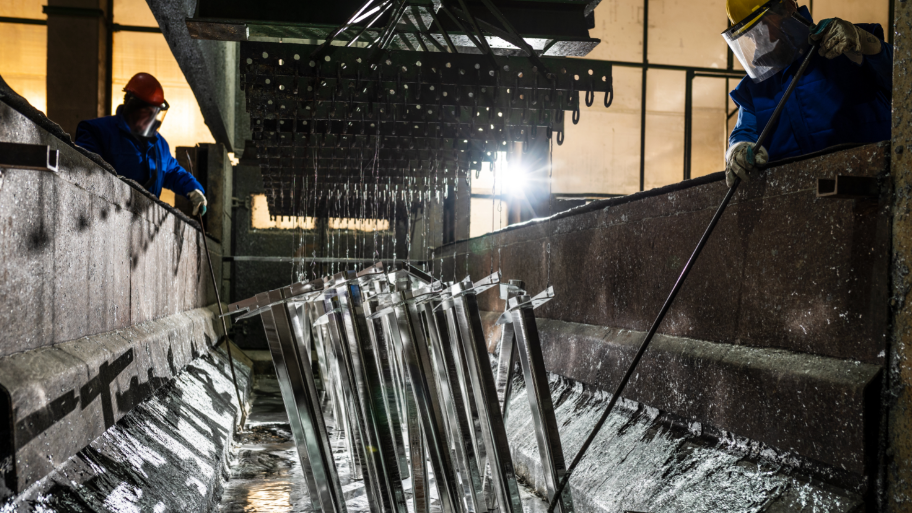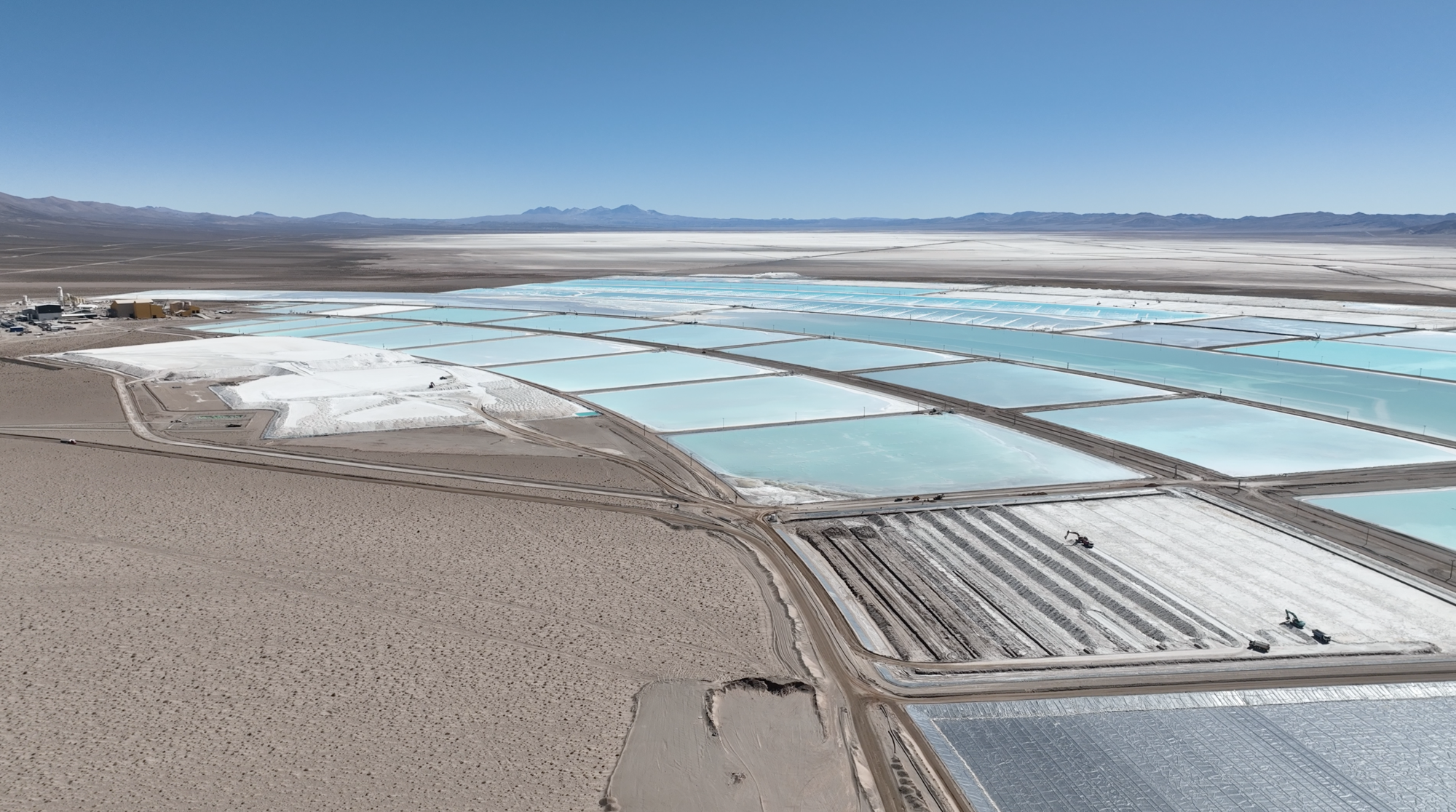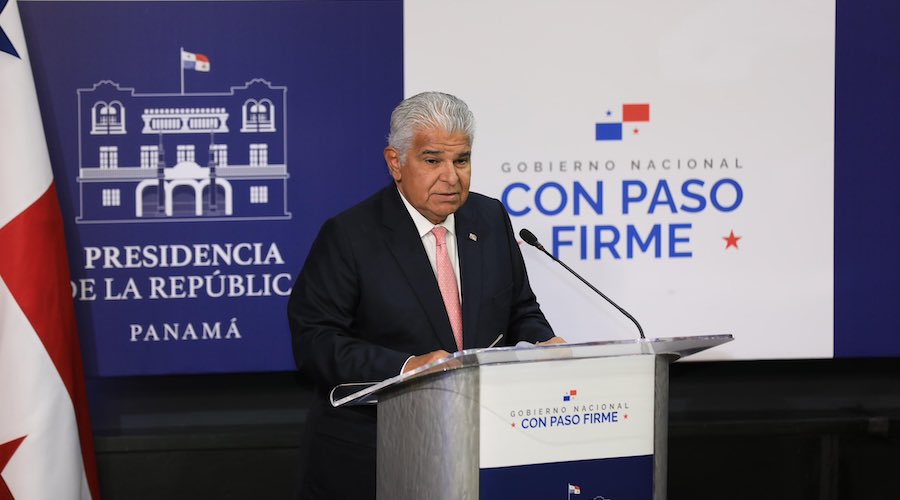Mind the gap between sister metals zinc and lead

(The opinions expressed here are those of the author, Andy Home, a columnist for Reuters)
The London Metal Exchange (LME) zinc price last week touched a high of $2,596.50 per tonne, the galvanising metal’s strongest performance since May 2019.
The LME lead price, by contrast, has been moving in the opposite direction and is now the clear under-performer of the London base metals market.
These divergent fortunes are not unrelated.
The relative value trade between the two sister metals – so-called because they are almost always found in the same geological deposits – is a perennial favourite among traders.

Indeed, the trade can be a price driver in itself with lead often-as-not sold as an expression of a bullish view on zinc.
Right now zinc’s premium stands at around $765 per tonne, the widest sisterly gap since the second quarter of last year, when it topped out at just over $1,000.
The divergence looks extreme.
The International Lead and Zinc Study Group’s (ILZSG) latest forecasts for both metals are gloomy in the extreme but in this particular ugly contest, zinc’s prospects look particularly daunting.
Covid-19 hits demand and supply
Every industrial metal has experienced a covid-19 demand shock this year as manufacturing activity ground to a near standstill in the early months of lockdown.
Zinc demand is expected to contract by 5.3% and lead demand by 6.5% this year, according to the ILZSG.
However, these two metals have also experienced severe supply-side disruption as well.
Refined lead production won’t grow at all but rather will contract by 4.3% this year
Zinc mine production is seen sliding by 4.4% and lead by 4.7% due to lockdowns in key producer countries such as Peru, Bolivia and Mexico. Moreover, the Group warned, “a resumption to pre-pandemic production levels is proving to be a challenging process at a number of major mining operations.”
Raw material constraints have impacted refined metal production as well, albeit much more significantly in the lead market.
Global refined zinc production is now expected to grow by just 0.9% this year, down from a forecast of 3.7% growth when the ILZSG last updated its numbers in October 2019.
Refined lead production won’t grow at all but rather will contract by 4.3% this year.
The difference is down to lead’s heavy reliance on secondary feeds in the form of used car batteries. Scrap recycling chains broke down under lockdowns, knocking out smelters such as Germany’s Nordenham, which the ILZSG notes suspended production in July.
This smelter effect plays out in the ILZSG’s market balance estimates for each metal.
Both will generate supply-demand surpluses this year and next. But relative to the size of market, that in zinc is larger at a cumulative 1.08 million tonnes – 8% of this year’s expected global demand – than the forecast 468,000 tonnes in lead – 3.6% of this year’s consumption.
Poor optics
A key difference between these two markets and copper is that China is not clearing excess metal accumulated in the rest of the world.
While the country’s imports of refined copper are running at super-hot levels this year, Chinese imports of both zinc and lead are subdued despite raw materials constraints of mined concentrates and recyclable batteries respectively.
Net imports of refined zinc totalled 288,000 tonnes in the first eight months of this year, down 29% on last year and the lowest count for the first eight months of any year since 2015.
Low Chinese import demand and the growth in visible surplus means market optics are negative for both metals
Refined lead imports have fallen by a steeper 80% and have totalled just 16,000 tonnes so far this year.
Surplus, in other words, is building without any Chinese release valve.
Moreover, more of that surplus is showing up in the LME’s physical delivery network, suggesting the market is less comfortable in holding off-market stocks than, say, eminently fungible aluminium.
Registered zinc stocks have mushroomed to 220,975 tonnes from just 51,200 tonnes at the start of 2020.
Lead stocks have “merely” doubled to a current 128,175 tonnes, largely thanks to 20,000 tonnes of arrivals at Hamburg in Germany, a possible reflection of the trials and tribulations of the Nordenham plant where sales talks are continuing.
Low Chinese import demand and the growth in visible surplus means market optics are negative for both metals.
Closing the gap
Given the ILZSG’s statistical snapshot of the two markets’ fundamentals, the yawning price differential looks overdone.
That doesn’t automatically mean that the gap will close because of the differing engagement of investment funds in the two metals.
Zinc’s out-performance has been driven by speculative interest in Shanghai, where zinc is often traded as a ferrous derivative on the basis that a lot of zinc is used to galvanise steel for use in the construction and automotive sectors.
Western investors have been happy to buy into the price strength in what is the LME’s third most liquid market after aluminium and copper.
Lead, so far at least, hasn’t enjoyed the same Shanghai booster and fund money outside of China is much more wary of lead due to its lower liquidity base and its toxic reputation. When lead does make it into the headlines, it tends to be for the wrong reason, such as last week’s class action lawsuit against Anglo American for legacy contamination.
It doesn’t help that lead, to quote Tom Mulqueen, analyst at LME ring-trader AMT, simply doesn’t have any “longer-term buzz factor”. The electric vehicle (EV) narrative that is lurking in metals such as nickel doesn’t play out well for lead, where demand is dominated by batteries for internal combustion vehicles.
It’s an oversimplification of lead’s role in battery storage – even EVs use a lead battery for non-drive functions – but the result is lead is “a pariah metal for investors,” Mulqueen said at last week’s LME Week virtual seminar.
Funds are often more comfortable shorting lead as the flip side of the relative value trade with zinc than they are buying lead against zinc weakness.
This always tilts the trade in favour of zinc, whatever the fundamental signals are suggesting.
If the divergence between the two sisters is to close, look to Shanghai, where speculators are more likely to play either metal from both long and short sides.
Worth noting right now is the sharp build in open interest on the Shanghai Futures Exchange’s lead contract, which at 65,077 contracts is the highest it’s been since the first week of January.
A simultaneous slide in zinc open interest suggests that Chinese players at least are starting to mind the gap.
(Editing by David Evans)
More News
Rio Tinto buyout target Arcadium posts loss on falling lithium prices
Rio Tinto plans to create a standalone lithium division after it completes the $6.7 billion acquisition.
February 27, 2025 | 02:10 pm
Panama’s ‘novel ideas’ comments offer hope for giant copper mine
Speaking to reporters in Panama City Thursday, Jose Raul Mulino said he will visit towns near the mine that have been affected by its closure.
February 27, 2025 | 11:00 am
{{ commodity.name }}
{{ post.title }}
{{ post.excerpt }}
{{ post.date }}



Comments